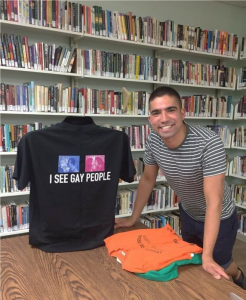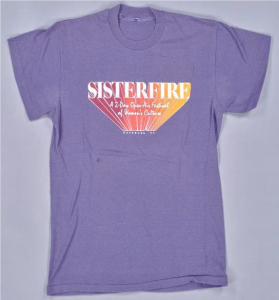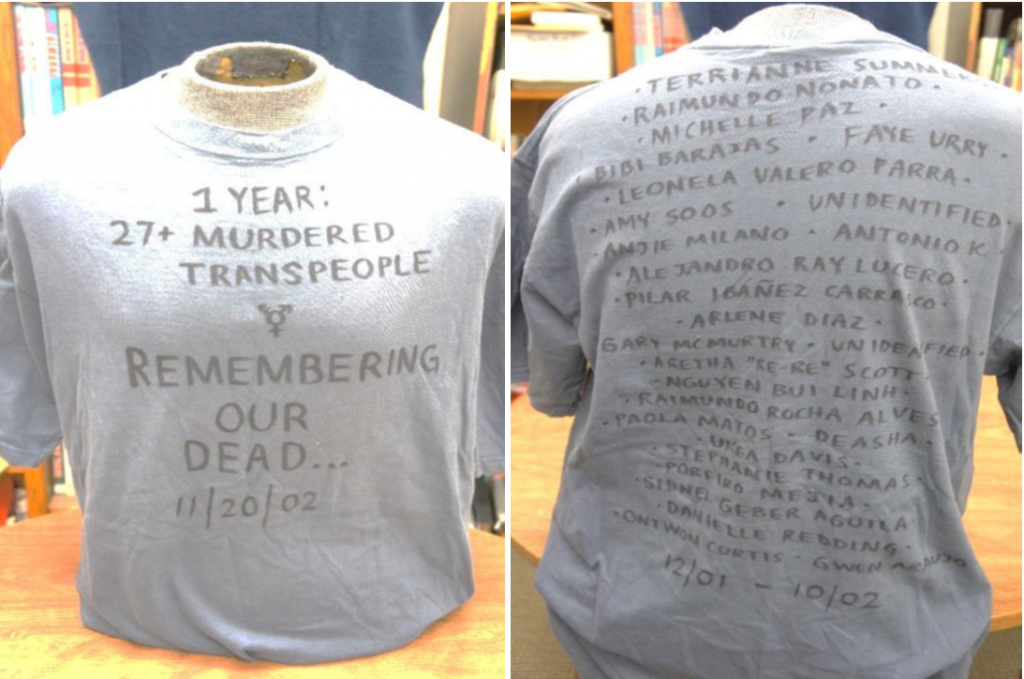By Katie Kerstetter
Evanston Elementary School
In a large suburban community in Maryland, about a half hour drive from the White House, students at Evanston Elementary are entering their classrooms on the first Monday after their winter holiday break. Ms. Brown, a first grade teacher, is reminding her students about their morning routine. “Let’s go, Brenda, jacket away,” Ms. Brown says. “I like how you are sitting with your book open. Do you need to blow your nose?” Ms. Brown asks a girl as she bends over to fold down the collar of another student’s shirt.
“Diego, go ahead and sit and eat your breakfast because we only have a few minutes left and maybe we’ll find your glove as you unpack,” Ms. Brown advises a boy who is hovering around the cubby area near the entrance to the classroom. “Laurence, come over here so I can check your work. It’s number seven on the chart.”
Ms. Brown checks a few other students’ homework papers and then calls Laurence over again. “I finished writing in my book,” Laurence says after walking over to Ms. Brown’s desk. “Your assignment book,” Ms. Brown corrects him. “You are supposed to do that number nine. How many weeks have you been here?” Ms. Brown pages through his assignment book to find out. “Three weeks. So, you should have this routine down. If not, you can look up at the chart,” she says, referring to the pocket chart with the morning schedule on the chalkboard at the front of the room.
Say it that way
At 7:50 AM, a bell rings over the Public Announcement System, indicating the start of the official school day. A boy stands up, puts his breakfast trash in the bag the food came in, and then throws it away. A girl eats what looks like a turnover as she walks to throw her breakfast trash away. All of this happens without prompting from Ms. Brown.
“Okay, boys and girls, let’s get started,” Ms. Brown says and begins to count down from ten to one. “Maryland is ready. I’m going to give them two points,” Ms. Brown says, referring to a group of students who have cleared their desks in preparation for the first lesson and thus have earned two points in the classroom’s table points competition.
“Laurence, let me see your eyes up here,” Ms. Brown says to the student she earlier admonished for not knowing the morning routine. The boy looks up, rests his chin in his hand, and sighs.
Ms. Brown projects sentences on the screen that say, “Good morning, class. Happy Monday! We did not have school on Friday because of the snow. What did you do on your snow day?” Ms. Brown reads the sentences aloud and then calls on several students to respond. “I sled,” a student says. “I went sledding,” Ms. Brown corrects him. “Say it that way.”
Several other students share how they spent their snow day. “Find and frame the word ‘snow,’” Ms. Brown says. She calls on a girl with a raised hand who comes up to the projector screen and puts her fingers on either side of the word “snow.” Ms. Brown circles the word so that it is highlighted on the projector. The learning day has begun.
Achievement Charter School
About nine miles away from Evanston Elementary, students are coming from different quadrants of Washington, DC to start their school day at Achievement Charter School. In Ms. Kelly’s first grade classroom, a girl enters the room with a man who is holding a tray of school breakfast in one hand. Ms. Kelly is on the carpet in the middle of the classroom, hugging another girl from behind. Five students ― four girls and a boy ― are sitting on a low cubby shelf at the front of the carpet. They have white boards and dry erase markers and they are watching the three girls dance. The students sitting on the cubby shelf hold up their white boards. One of the white boards has three columns of numbers written in dry erase marker, which looks like a series of scores for each dancer. The three girls start to dance again, this time singing a song aloud in unison. When they finish, the students on the cubbies hold up their small white boards again. One says “8” and another says “100%.”
The beanbag chair
Laura, another student, comes into the room and stands just inside the classroom door for a few moments. She seems disturbed by something, possibly all the sound coming from the carpet.
“Laura, look at the habitat,” Ms. Kelly encourages her, motioning toward the classroom’s terrarium.
“Why?” Laura says in a slightly grumpy voice as she walks toward the mesh container on the other side of the room. “Oh gosh!” she says, her eyes close to the mesh, as she sees that a multitude of crickets has hatched overnight. “Bryan, if you’re going to sleep, go ahead. If not, I’m going to take you downstairs soon,” Ms. Kelly says to one of her students. Bryan walks to a desk at the front of the carpet and takes out red, noise-cancelling earphones from inside of the desk. He walks back to the classroom library and curls up on a beanbag chair.
Ms. Kelly picks a popsicle stick out of a black plastic cup. “Lori,” she says. “Yay!” a girl says as she moves to the front of the carpet to lead the other students in correcting the spelling, punctuation, and capitalization of a passage Ms. Kelly has written on the white board. “You are the teacher,” Ms. Kelly says to her.
Take a break
Lori is a commanding presence at the front of the carpet. She stands on the cubby shelf with her back to the white board and tells a fellow student to sit on her bottom.
Lori asks Ms. Kelly for the plastic cup of popsicle sticks. She picks out one of the sticks and calls on a boy. He pauses. “You can skip if you want to,” Lori tells the boy, but he declines. “Do you want me to come back?” She asks him, and he indicates that he does. Lori picks another popsicle stick. “Tamara, take a break,” Lori says to a girl who is talking, using the school’s term for a “timeout.” “Ooooh,” several students say. Ms. Kelly looks like she is trying to suppress a smile. “She’s the teacher now,” Ms. Kelly tells the students.
In 2012 ― just over a decade after the passage of the No Child Left Behind Act (NCLB) ― I conducted interviews and participant observations at two public elementary schools in the Washington, DC region: Achievement Charter and Evanston Elementary. I was curious about how schools and their teachers respond to the social, emotional, and material needs of their students amidst the pressures of school reform policies that require schools to demonstrate high levels of academic achievement.
School Choice
The passage of NCLB made two significant changes to the Kindergarten to grade 12 (K-12) public education system in the U.S. First, it created a system of accountability for public schools based on high-stakes standardized testing and second, it facilitated the development of “school choice” models that sought to provide students with choices beyond their neighborhood school.
The standardized assessments that states were required to implement as a condition of receiving federal funding were often characterized as “high-stakes” because schools that consistently failed to meet targets could be required to undergo reconstitution ― to close and reopen with a new staff and/or curricula ― and their students had the option of attending an alternate school, including a public charter school.
Through my research project, I sought to uncover, from the standpoint of children and their teachers, how schools are organized and equipped to meet the non-instructional needs of their students within the current school reform environment.
How do school reform policies constrain and enable schools in their attempts to meet students’ social, emotional, and material needs?
As schools attempt to meet children’s needs, what are the consequences for the types of noncognitive skills that are transmitted to students and the types of caring labor that are required of teachers?
Learning First
From my observations and interviews at Achievement Charter and Evanston Elementary, I discovered that while both schools serve a student population that is predominately low-income and
both are subject to the requirements of standardized testing and accountability policies, each school’s approach is different in meeting students’ social, emotional, and material needs and in the types of noncognitive skills that are transmitted to students through this work.
At Evanston Elementary, a traditional public school that has struggled to meet school reform mandates, the school day was often characterized by what I refer to a learning first orientation. As a school that had been labeled as “underperforming” according to reform policies, its teachers were under continuous pressure to demonstrate that they could improve the academic achievement of their students.
With a learning first orientation, the school emphasized a clean division of labor between the preparatory work required for schooling ― eating breakfast, checking homework, gathering materials ― and the learning day, which focused primarily on the transmission of a particular set of cognitive skills and the assessment of those skills.
Students at Evanston Elementary were frequently engaged in various forms of testing and assessment, and teachers were required to report, via an online system, a certain number of graded assignments for each student in each subject per week. The strong focus on achievement and assessment appeared to bleed into teachers’ interactions with students, which tended to be more directive in nature and oriented toward following a set of directions and routines.
Integrative Approach
At Achievement Charter, a public charter school that has demonstrated the ability to successfully meet school reform mandates, the school and its teachers practiced what I refer to as an integrative approach.
Rather than separating the preparatory work for learning from the learning day, the school institutionalized a curriculum that integrated social and emotional learning into the academic curriculum and granted teachers ample resources and latitude with which to meet students’ basic needs, such as sleep, within the boundaries of the school day.
The focus on social and emotional learning at Achievement Charter appeared to influence the transmission of a set of noncognitive skills that sociologists have associated with an emerging sense of ease in interacting with middle-class institutions, including an ease in communicating with adults and peers (as Lori demonstrated in the vignette above). This focus also equipped facility with skills in conflict resolution and negotiation.
The transmission of these noncognitive skills also sets Achievement Charter apart from an academically successful subset of public charter schools, often referred to as “no-excuses schools,” which scholars have recently begun to critique for their authoritarian approach to school discipline.
The experiences of teachers in Achievement Charter and Evanston Elementary point to some of the perils and possibilities that have emerged a decade after the passage of high-stakes school reform policies.
On one hand, high-stakes standardized testing policies appear to be influencing the social organization of public schools, particularly those that have been labeled as falling short of school reform goals, in ways that narrow the curriculum to a set of cognitive skills and habits that promote students’ performance on standardized tests. Previous research has examined how NCLB has narrowed schools’ curricula to focus instructional time primarily on tested topics, and how schools labeled as “failing” have allocated more time to test preparation instruction.
In the case of Evanston Elementary, a focus on meeting the substantial requirements of school reform policies has led the school to emphasize skills in following directions and deference to authority, skills that contribute to successful test-taking behaviors but may not equip students to interact as easily with adults and peers and particularly in ways that are valued by middle-class institutions and institutional actors.
Accountable Schools
On the other hand, school reform policies that encourage the authorization of public charter schools such as Achievement Charter have created the opportunity for new forms of schooling to emerge. (Although, it should be noted that not all charter schools adopt a similarly integrative approach to learning.) In the case of Achievement Charter, instruction focused on the transmission of a particular set of noncognitive skills has developed that may have promise for helping low-income students interact with middle-class institutions with more ease, including providing students with a toolkit of habits and dispositions they can draw on to help them successfully navigate secondary and post-secondary schooling.
The substantial financial resources that Achievement Charter was able to mobilize to pursue its integrative approach and the autonomy it was granted as a public charter school to extend its school day and year to accommodate additional types of learning, raises important questions about prospects for expanding these benefits to a broader population of students.
Katie Kerstetter is a Research Affiliate with the Center for Social Science Research at George Mason University and an Adjunct Research Associate at the Center for Population Studies at the University of Mississippi. This article is an excerpt from a book Katie is writing titled Caring in an Age of Accountability: How Schools Meet Children’s Needs.












